Global Forum For Indurstrial Devlopment is SPONSORED BY ICO INDIA
- MP Society Registration (Act. 1973 No. 44) 03/27/01/21857/19 (MSME Forum Established Since-2009)

The Paper and Packaging Board debuted new creative work and an accompanying microsite that truly sets our sustainability-focused campaign apart. We didn’t have to look further than our forests for inspiration on how to tell the magical, circular story of forest products, and to appeal to our Expressives target audience. the Paper and Packaging Board presented our seventh Annual State of the Campaign in the form of four industry-wide webinars and the mailing of our official report. If you missed the webinars, the recording is available so you can hear P+PB president, Mary Anne Hansan, discuss our 2021 messaging strategy, an exciting new sustainability initiative, and hardworking content from the beginning of the year. The 2021 report has also been mailed out to more than 700 industry representatives from our member companies, paper merchants, and trade association partners.
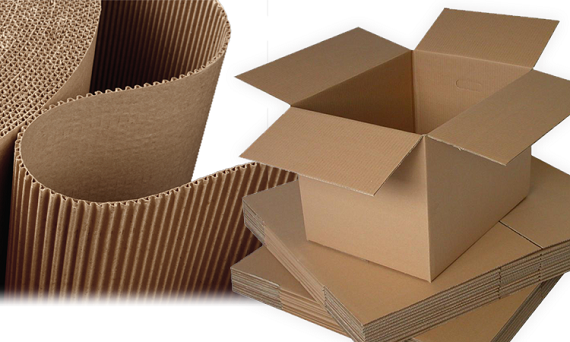
Corrugated boxes are commonly used to carry heavier products such as appliances, electronic goods, wine, fruit and vegetables. They are frequently used as a bulk shipper, delivering many similar products in the same box.
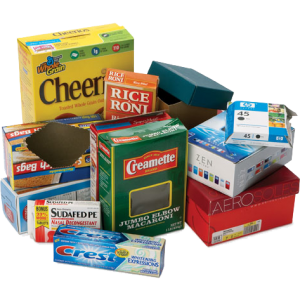
This is the thin, lighter weight carton commonly used to carry a single item such as breakfast cereal, shoes, crackers, a toy. It does not have the wavy middle layer (corrugating medium) to add box strength.

These can essentially be divided into two types: the paper bags used to carry groceries and/or retail items, and multi-wall sacks
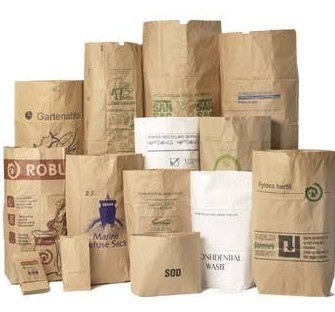
There are two mills in Canada making kraft paper for later conversion into paper bags and sacks. They both primarily use sawmill residue as pulp. The rolls and sheets of kraft paper are sent to bag converters for printing and slotting etc. and then on to customers ready for filling. Kraft paper bags essentially come in two types: stronger industrial sacks containing things like flour and cement, and lighter grocery bags used at retail.
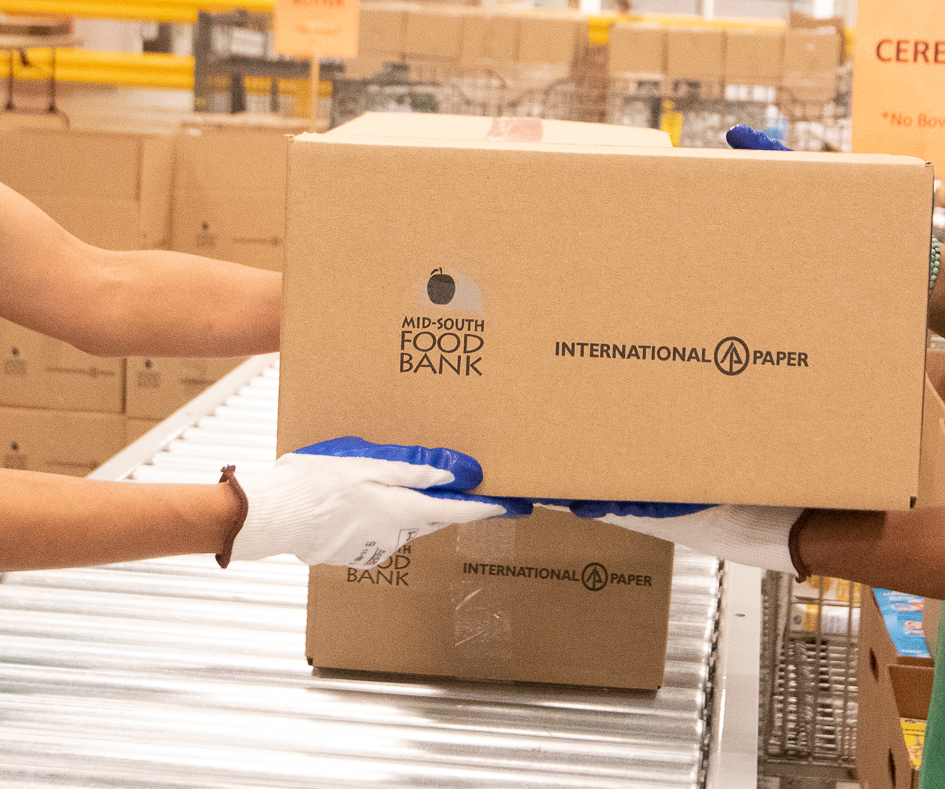
One of the world’s biggest packaging companies, International Paper has been leading the way in the paper and board packaging industry since it was formed in a merger between 20 pulp and paper mills in the north-east of the US in 1898. Set-up as the International Paper Company, it was initially founded in the town of Corinth in New York.
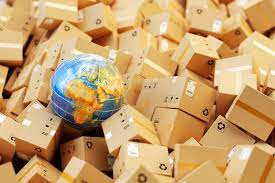
The world’s second-biggest company in the industry by revenue, fellow US-based paper packaging business WestRock came into existence after a merger between RockTenn and MeadWestvaco in 2015. It’s involved in the manufacturing of pulp-based products, which includes corrugated containers, containerboard, paperboard and cartons.
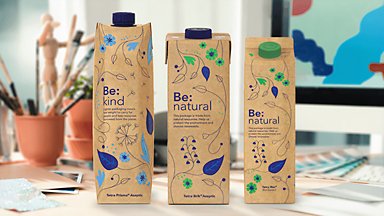
From Stora Enso to WestRock, NS Packaging looks at the top five biggest paper and board packaging companies in the world by revenue paper-3726338_1920 The top five businesses involved in the paper and board packaging industry generated a combined total of $80.5bn in revenue in 2019 (Credit: Pixabay) As one of the older forms of packaging in mainstream use, it’s unsurprising that paper and board packaging manufacturing companies dominate the industry. It’s thought that the use of paper as packaging can date as far back as the first or second century BC, with it being used to wrap food in China.
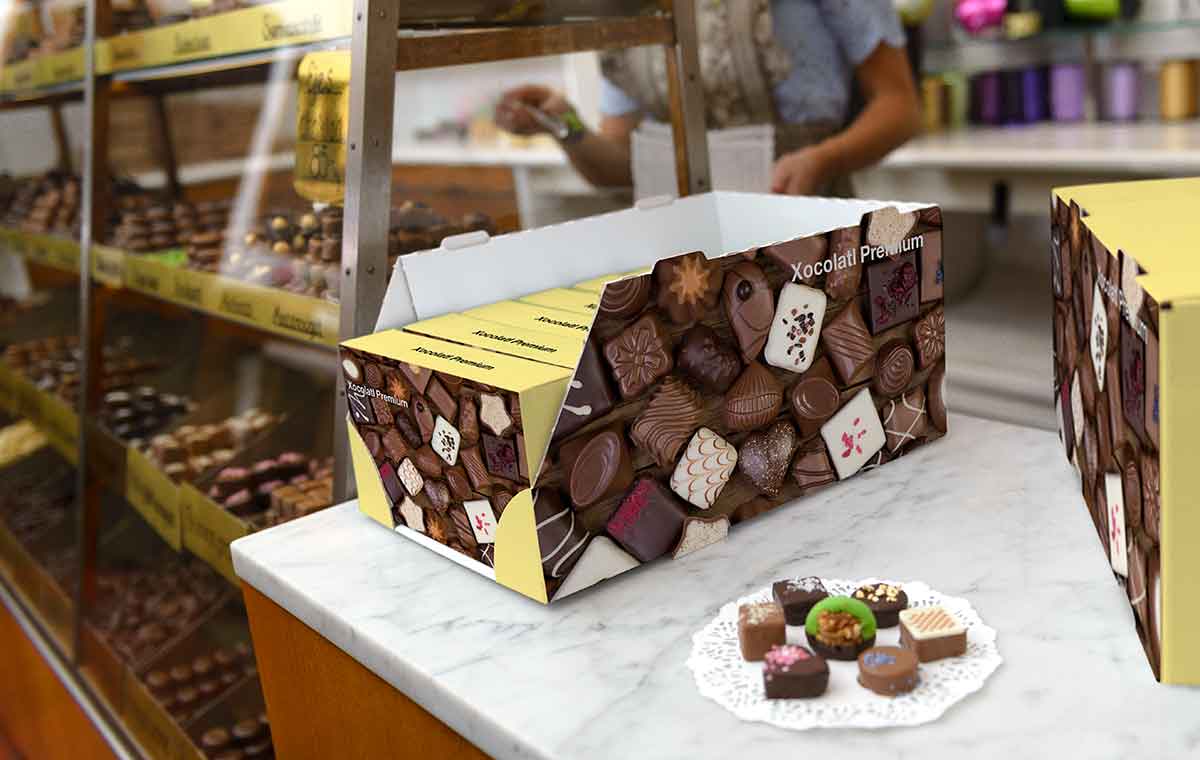
Stora Enso was founded following a merger between Swedish mining and forestry products company Stora and Finnish forestry products business Enso-Gutzeit Oy in 1998. As a business, it’s most predominantly known as pulp, paper and corrugated packaging manufacturer – but is also involved in wooden construction and biomaterials.